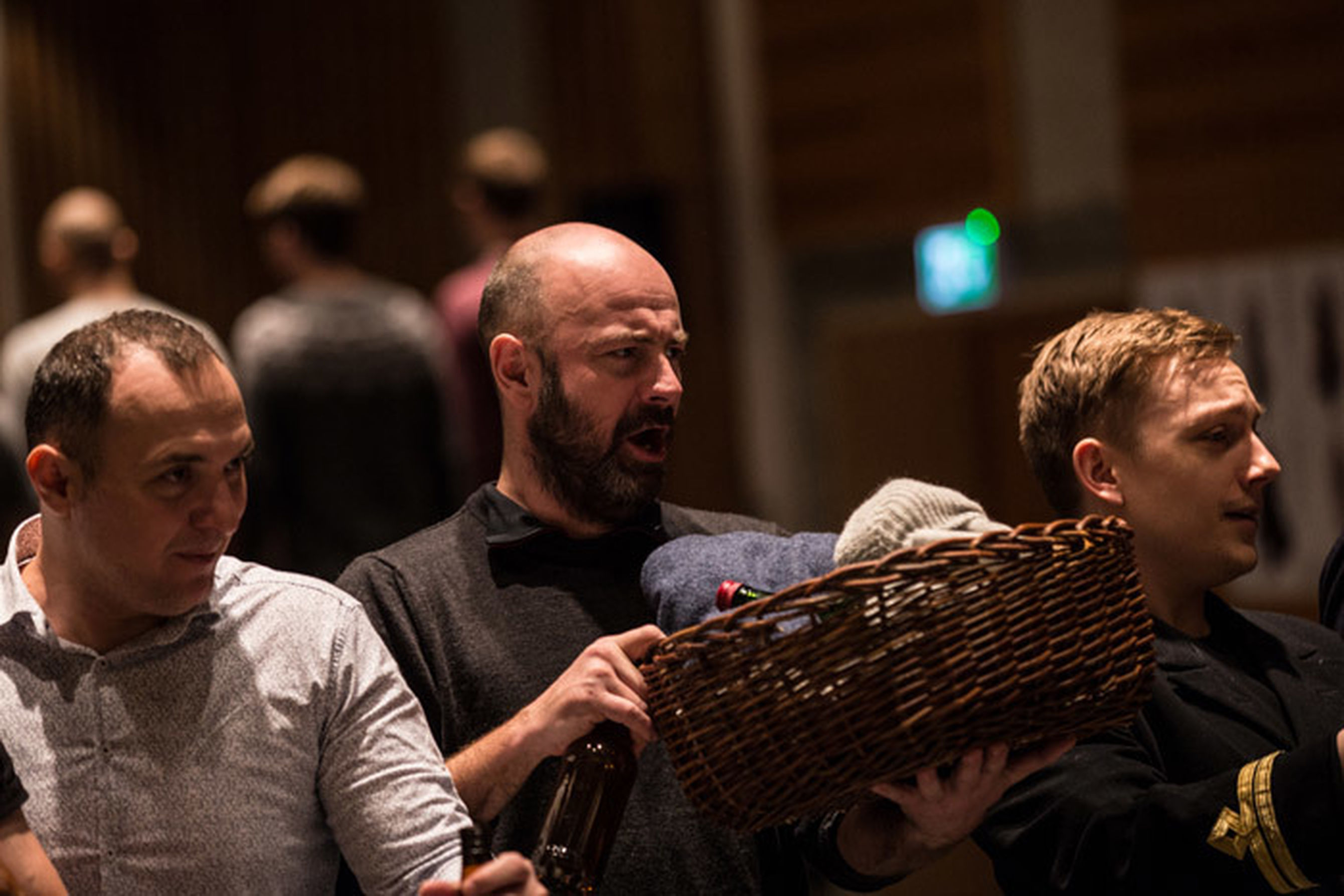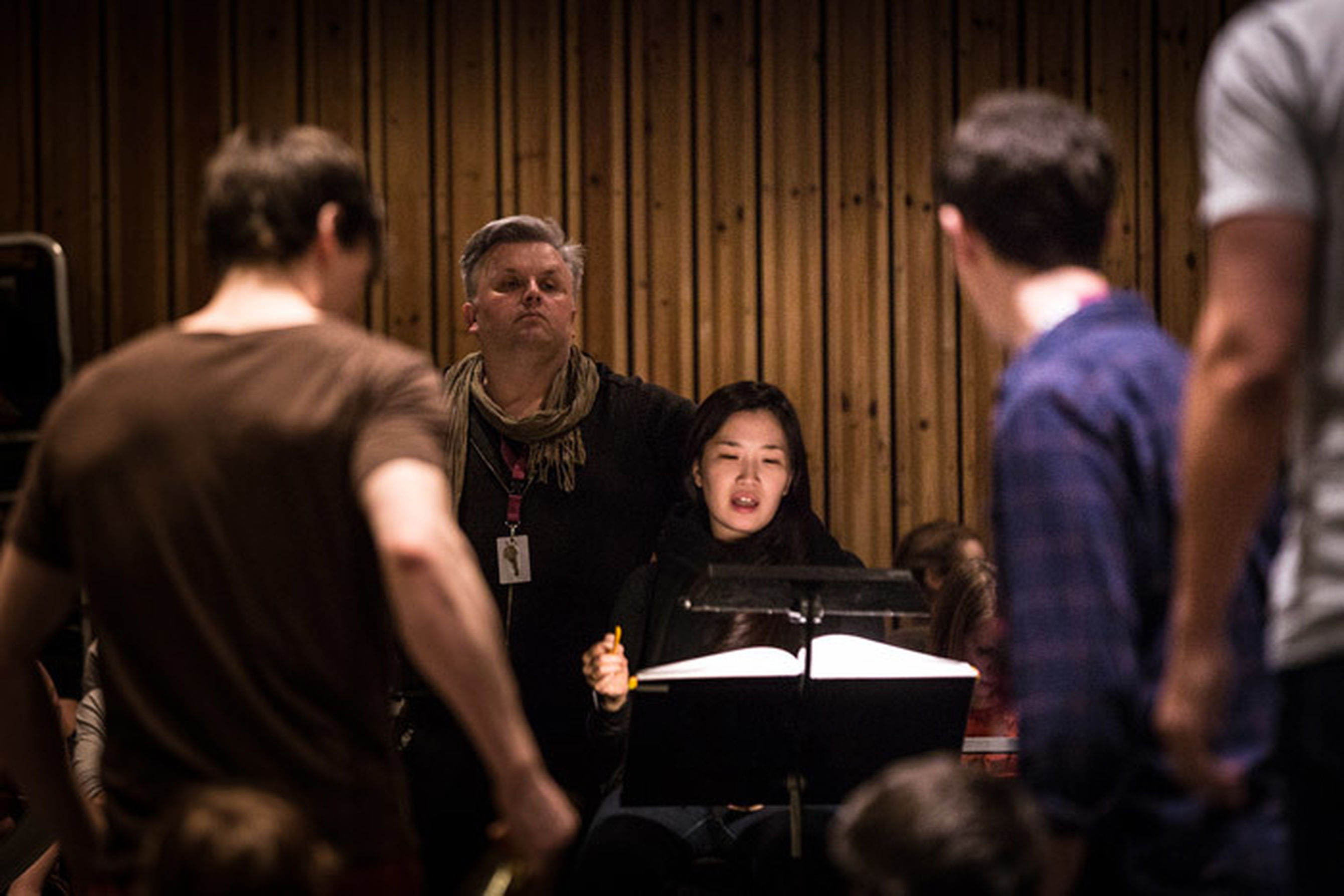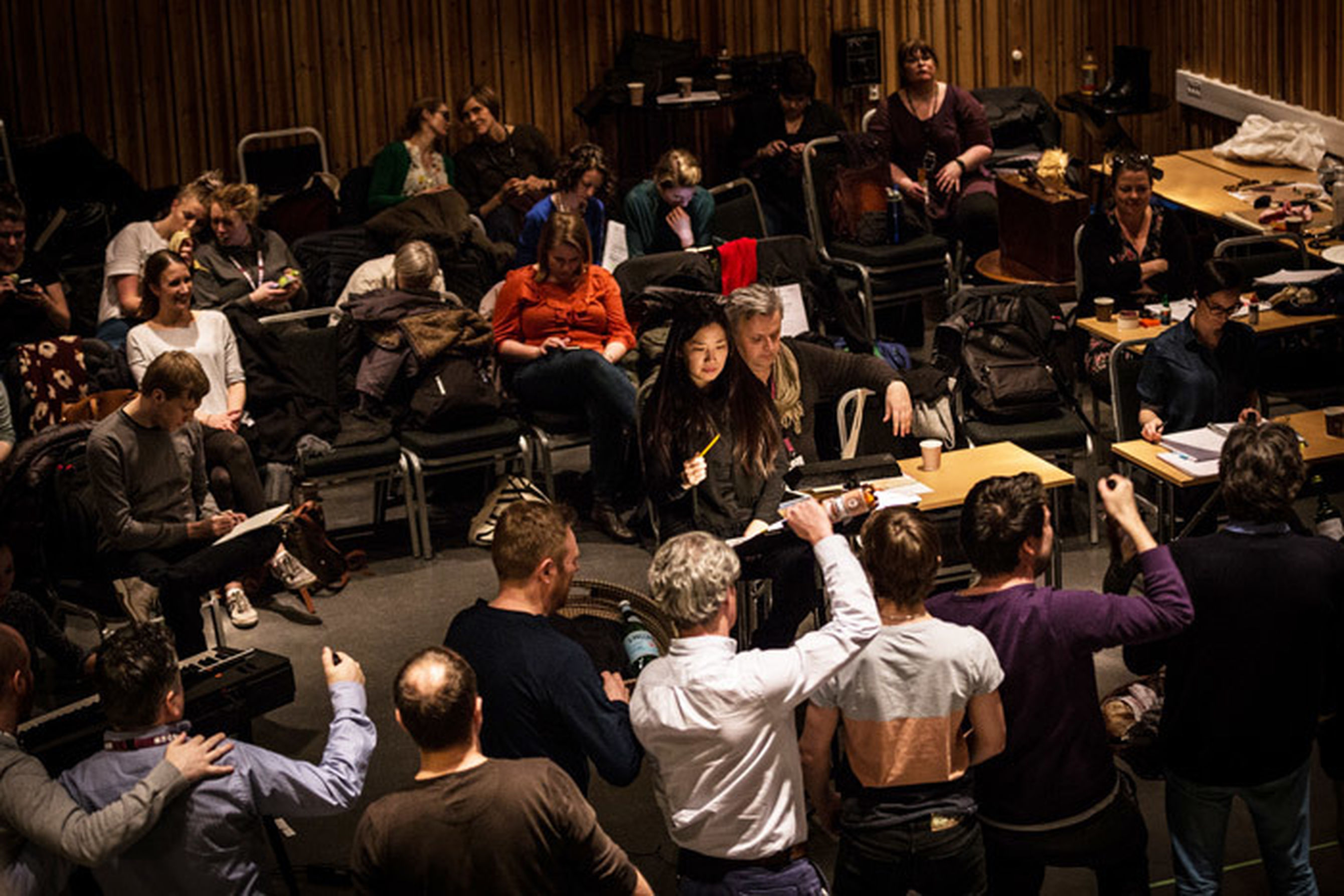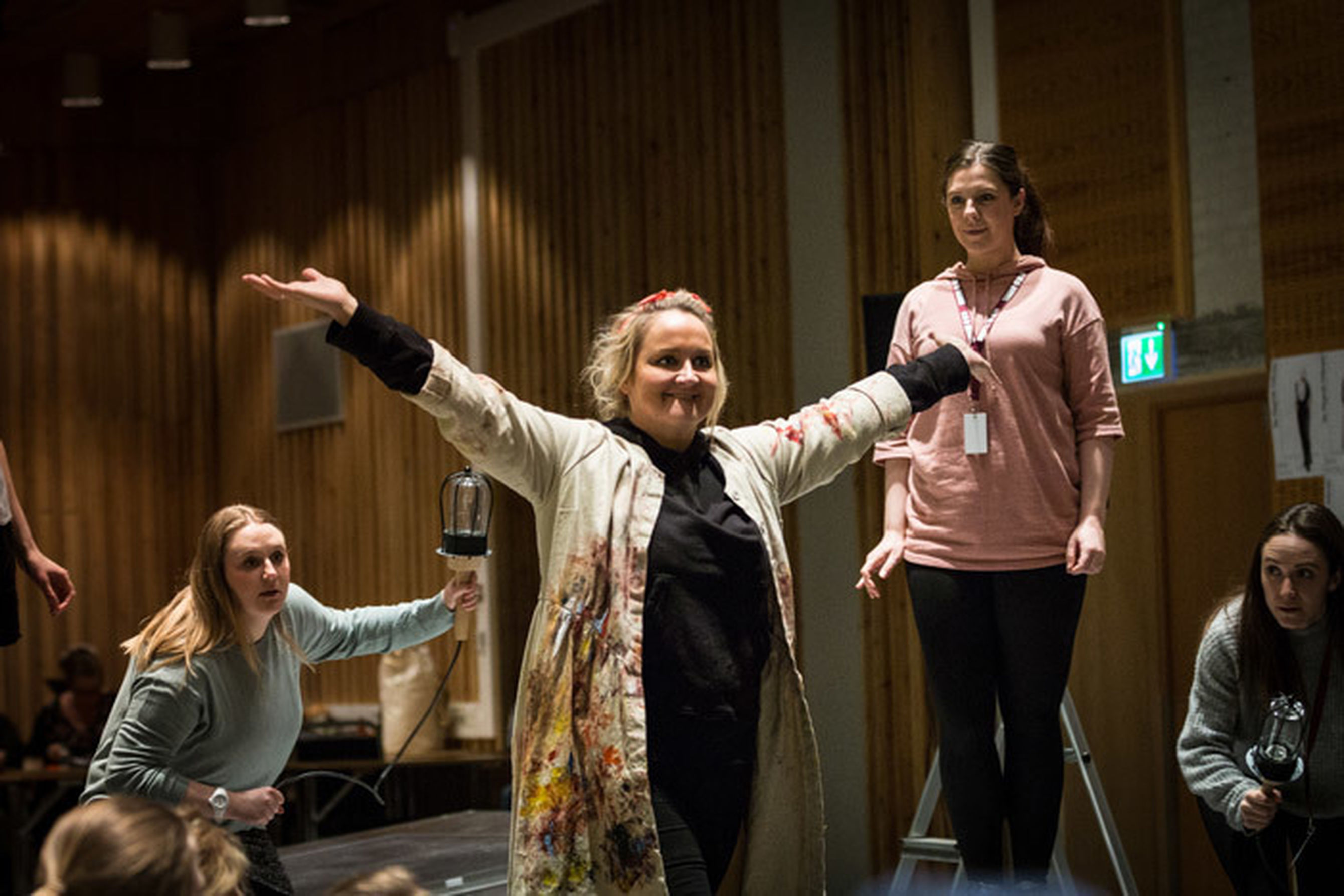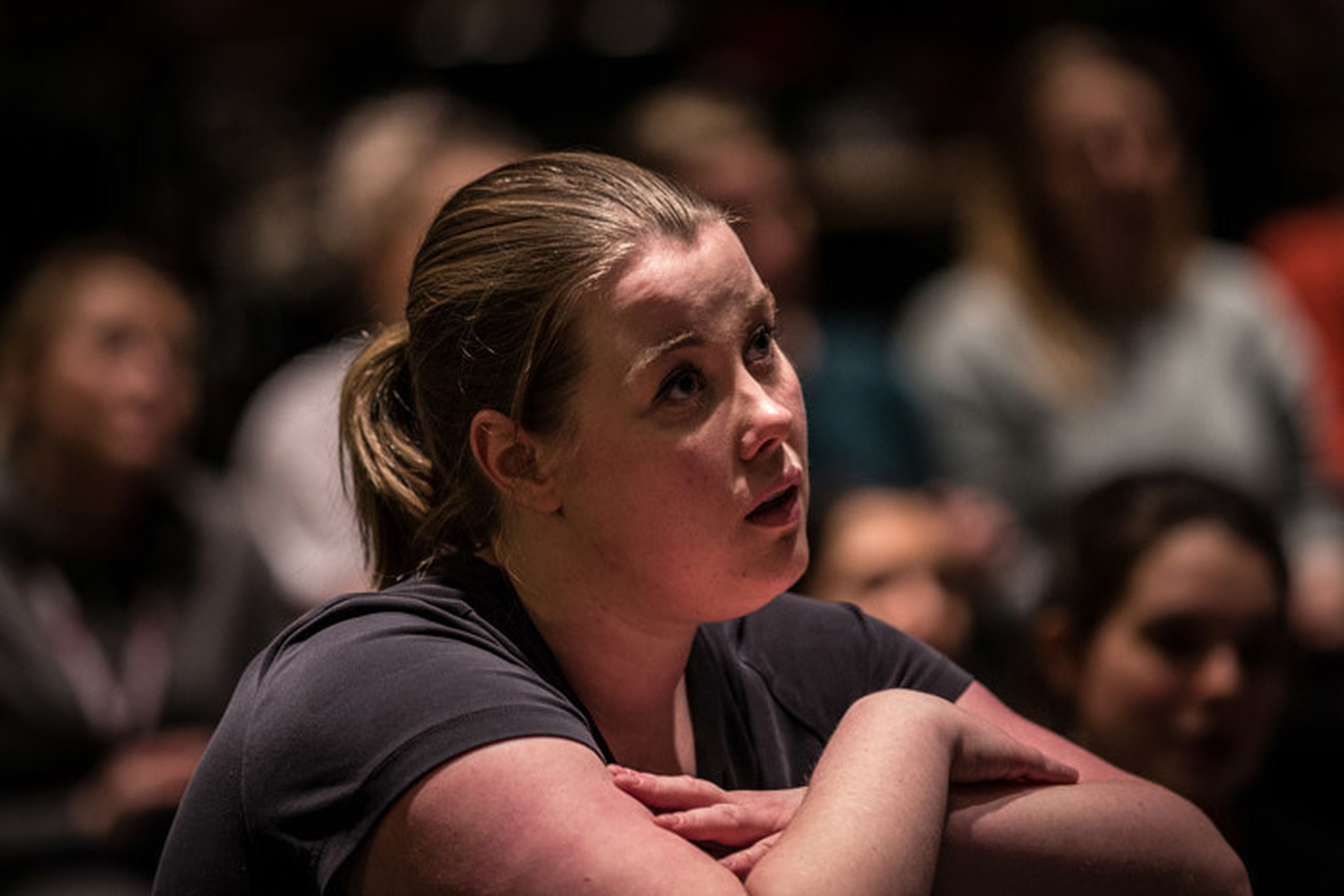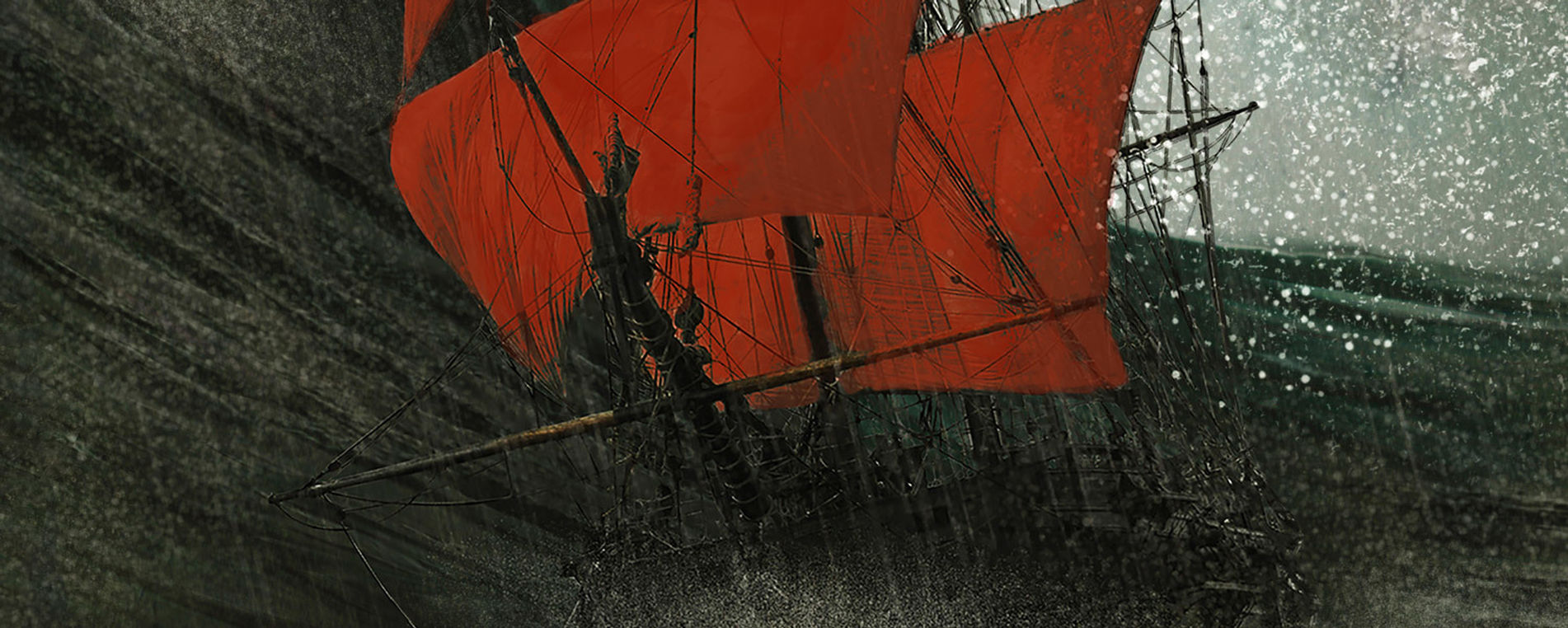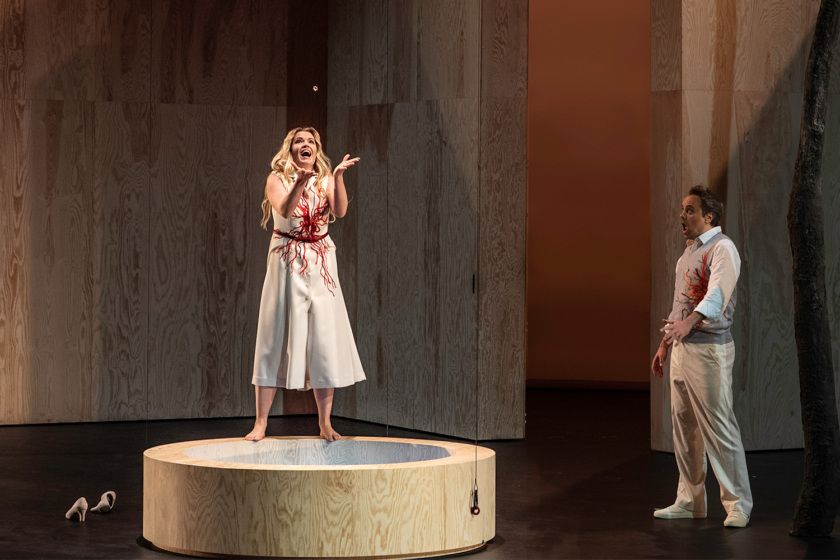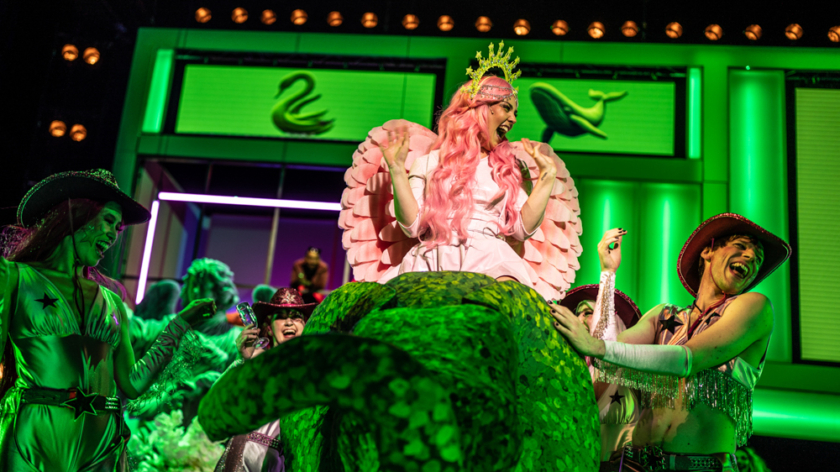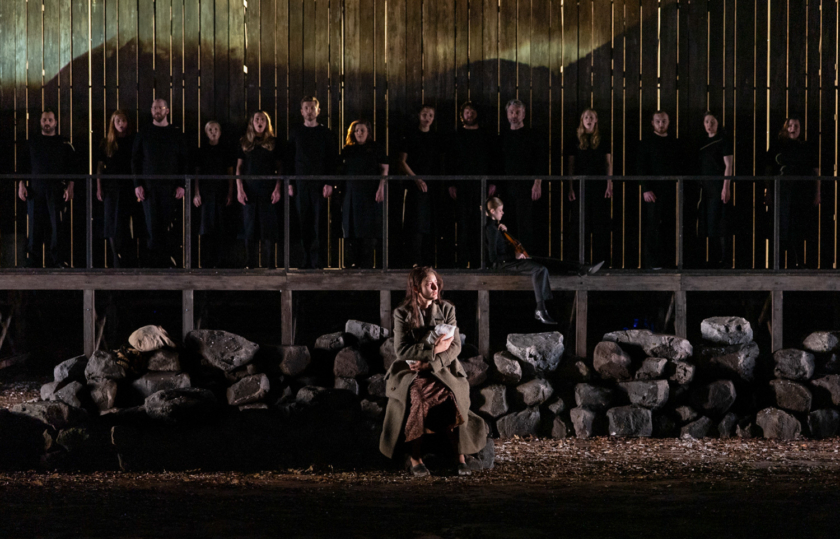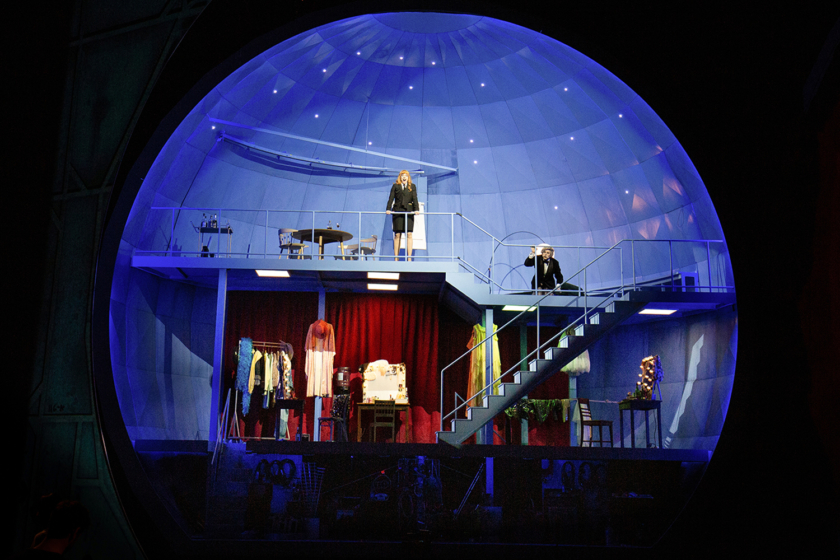Director's diary: Week three of production - Meet the chorus
Director’s Diary: Week 3 of Production
What a week! We moved up into a much higher gear as the chorus arrived, and we also moved into evening rehearsals, working with the chorus from 4pm to 9pm, to accommodate the working days of the Bergen-resident singers, all of whom have their lives and jobs in the city, while forming the backbone of the thriving choral scene in Bergen.
I was working with the 48-strong chorus as swiftly as I could from moment one, so it must have been exhausting for those singers coming straight from work. Monday was Act 2 with the female chorus, Tuesday was Act 1 with the male chorus, Wednesday was Act 3 with the full chorus on stage together for the first time. My aim on each evening was to get the scene on its feet, get a shape across the act so that any other time we had after that was about refining the staging and getting a second try at anything that was not working.
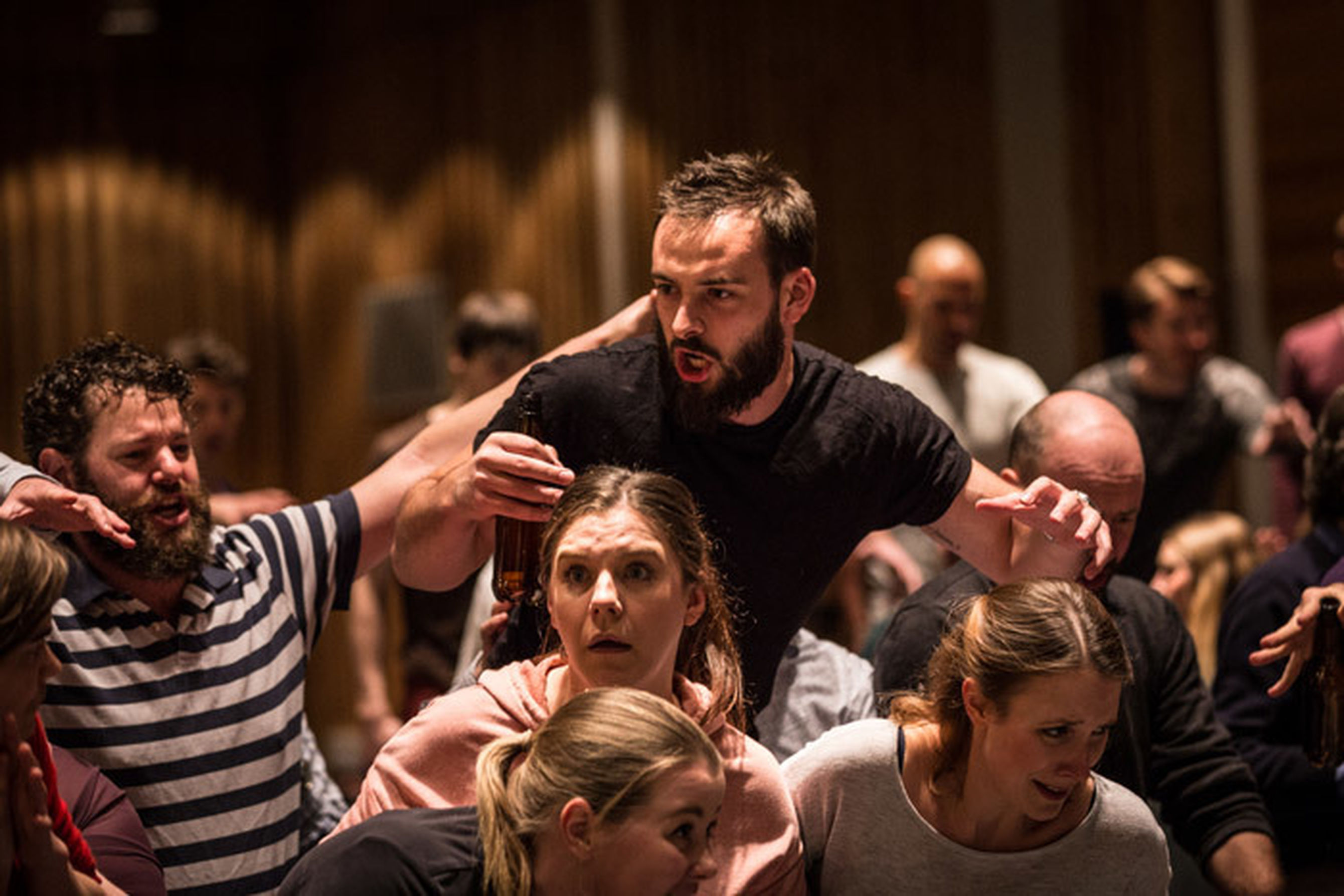
Directing a chorus has an element for the director of keeping the room happy and bouncing along - a well-timed joke is always welcome, as is a good use of the time available. A director who wastes five minutes for a chorus of 50 has wasted over four man-hours - it all mounts up. And if you’ve scheduled to let certain people go by 7:15 then you had better have covered all you need with them by that point - and if you haven’t, it’s nobody’s fault but your own. Direction is a mix of technique and inspiration, efficiency with an inbuilt amount of space (in English we say “wiggle room”) where great ideas are able to occur in the moment.
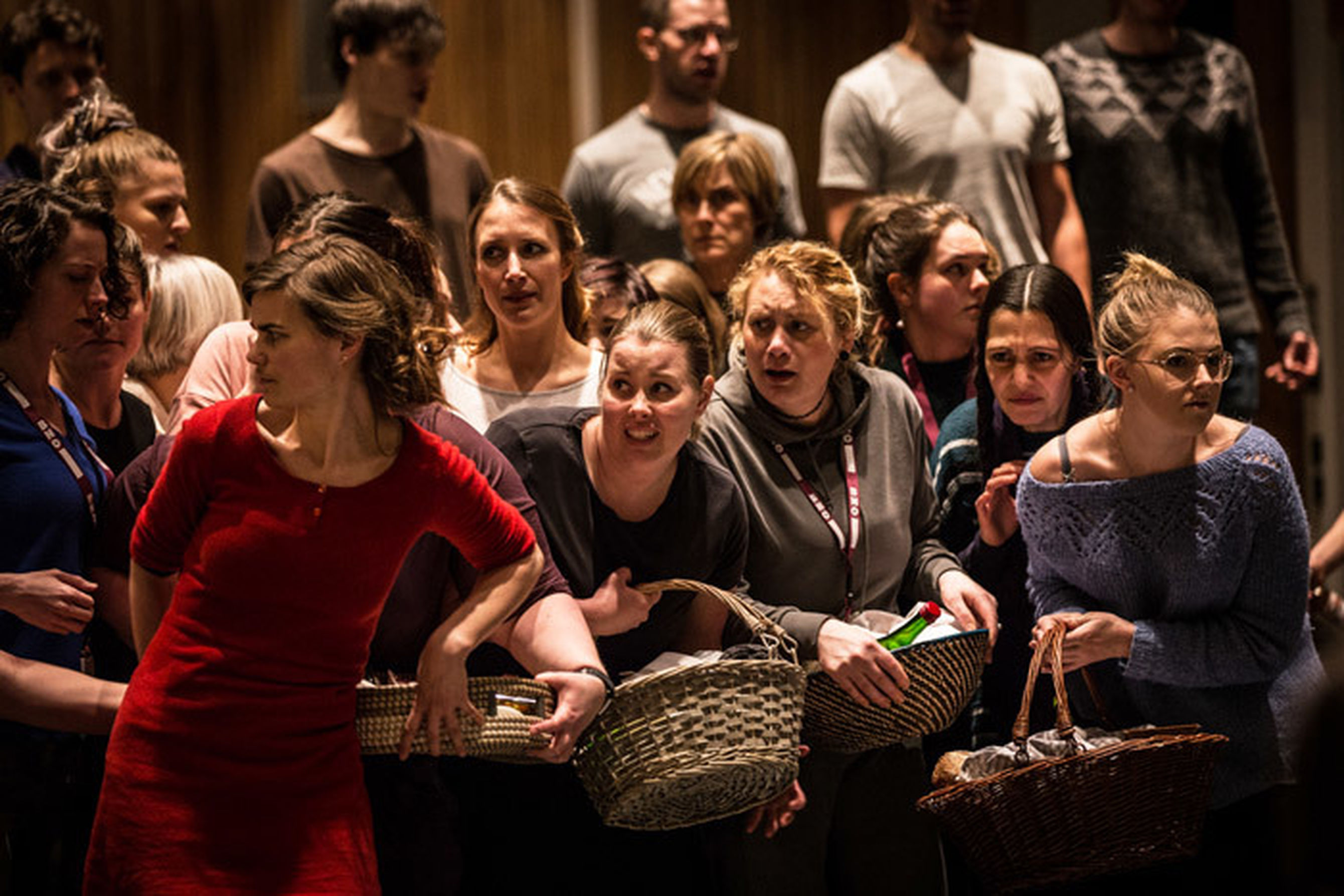
I try to know most chorus member’s names for the first rehearsal - it’s an effort that appreciated, and it’s polite. Not being great with faces and names, it’s a skill I’ve tried to gain over the years, and this time I was pretty proud of myself, apart from hilariously mis-identifying one of the Brit singers who have flown in for the show. In Britain we have a few names that can be given to both sexes - for example, Leslie, Francis, Shelley, and, oddly, Vivien (very rare nowadays). I had it firmly in my head that one of the chorus had one of these androgynous names, and I’d never met him before, so I was so so carefully calling him “Vivien” for about the first two hours, feeling proud I’d remembered this unusual name. Everyone else assumed I knew him of old back in the UK and that I had a private nickname for him. Well, did I ever feel foolish.... So sorry, Vernon.
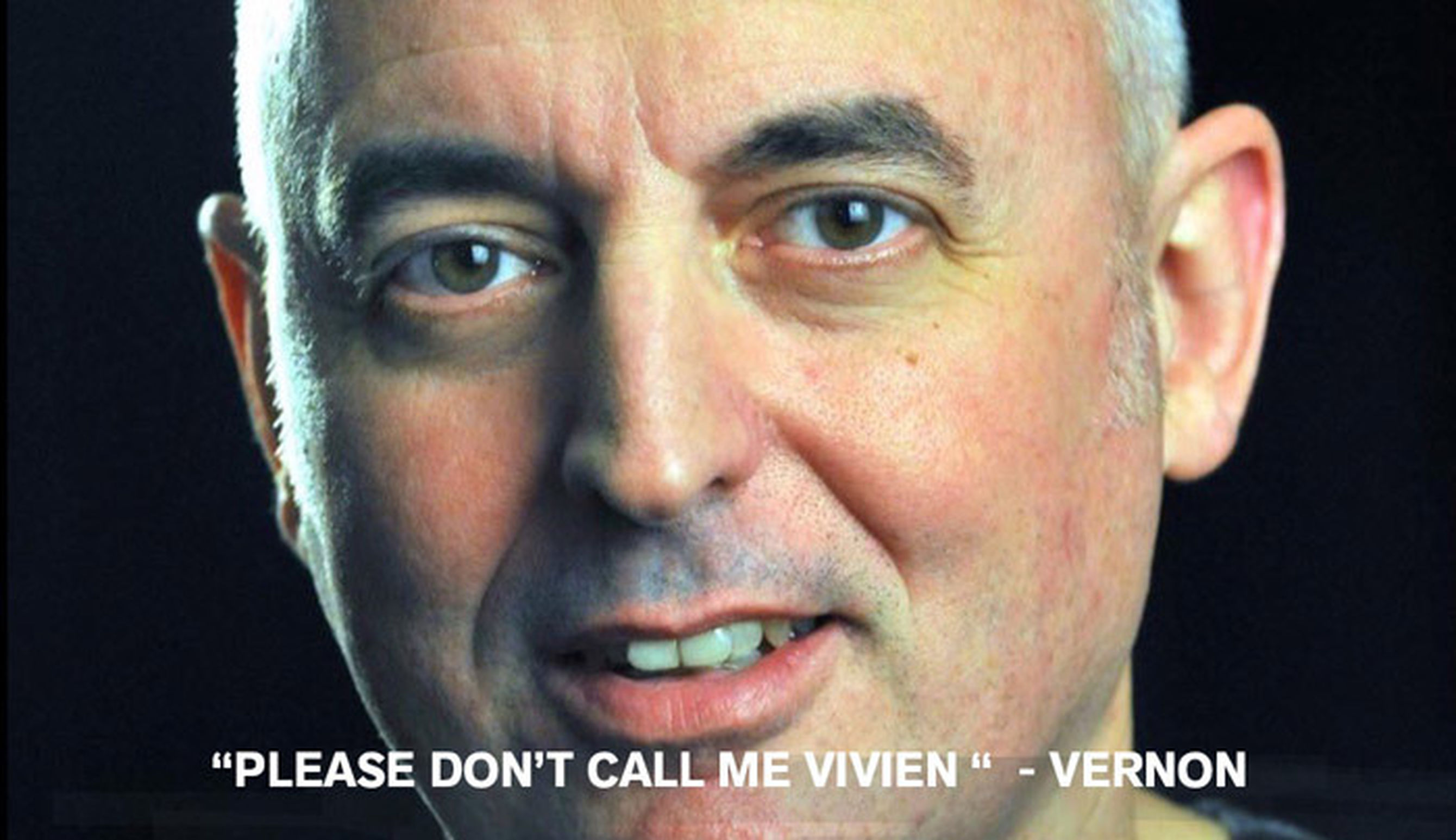
The chorus scenes have come together pretty well and, as I write, we still have some sessions in hand before the big stage orchestra calls. The top of Act 3 with the chorus is a real challenge to sustain in staging terms, and I have to admit, I was at full stretch as a director in bringing that scene off the page and making it live. One gets through such rehearsals with that crucial mixture of technique and inspiration, experience and spontaneity.
A director is dependent on the people around them, using their charisma, uniqueness, nerve and talent as well as the chemistry that has been built up in the room in order to find “our” Act 3 of Fliegende Holländer. These talented people in my chorus are mainly young soloists or aspirant soloists on the cusp of their careers - they have perhaps just finished playing major roles in conservatoires or with other companies - so they are hungry for specifics rather than a generalised moving of the chorus en bloc around the stage treating the, as if they are one person. With individualised chorus work like this, the show comes into focus as rehearsals progress. You never have the finished article of a scene after one rehearsal, particularly of a masterpiece like this.
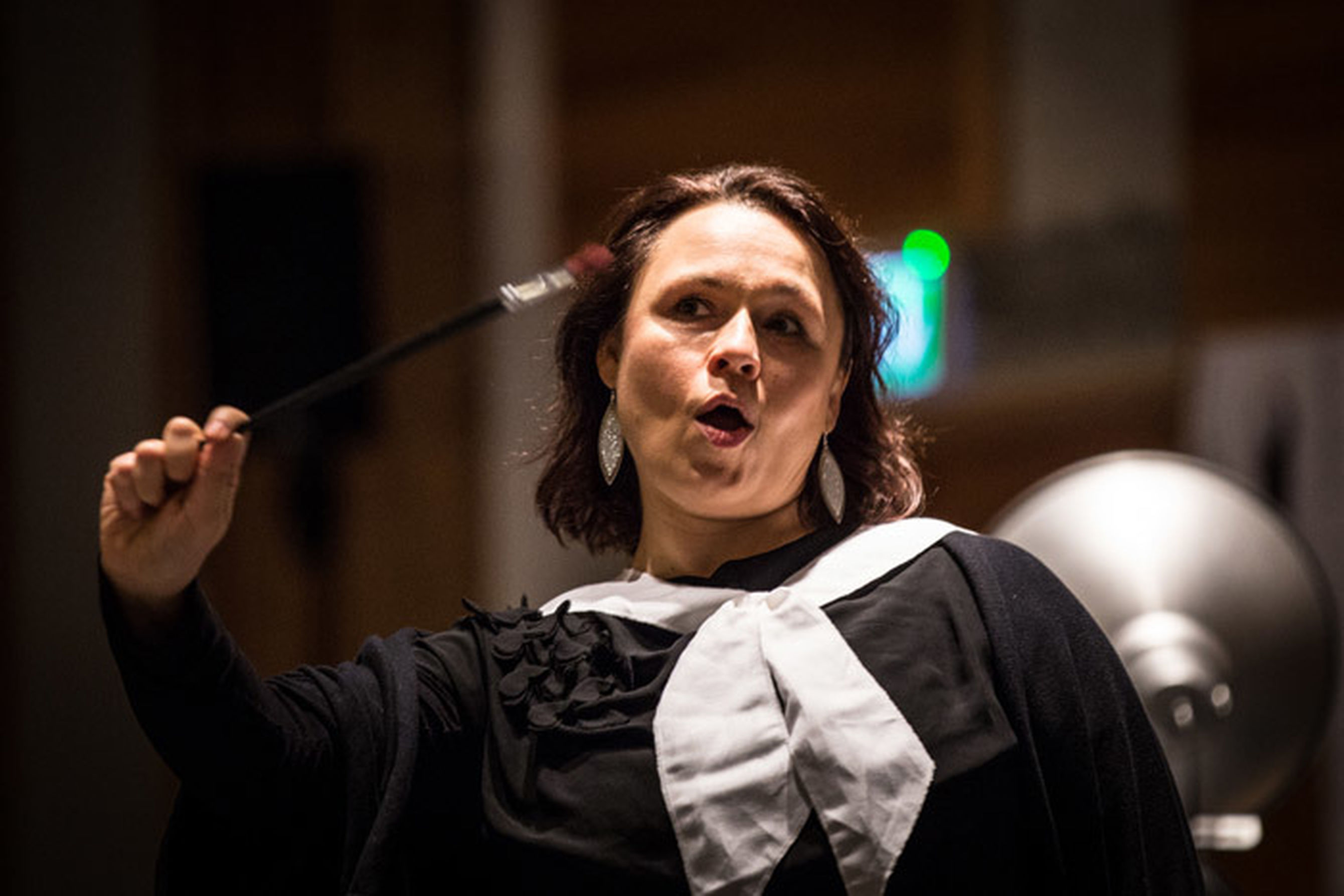
The second rehearsal of Act 2 with the women of the chorus is perhaps the most joyous hour of work I’ve had here so far: I’ve asked the women of the chorus to delve into their character’s backstories, what their childhoods, hopes and dreams for their future might be like.
In essence, in this production they are playing their grandmothers or great-grandmothers: women who had dreams that were perhaps thwarted by society, dreams that could never be realised, even as the observed women making great strides elsewhere in the world. Or they kicked against society and made those dreams happen anyway. In this way I want to get a group of fierce female individuals on stage, one of whom, our central character of Senta, is single-mindedly making her future happen, and not caring what the world might think.
The women of the chorus really respond to this notion of who they might be, and the scene begins to take on a life of its own. In the UK we are currently celebrating the centenary of women getting the vote (four years earlier in Norway, of course) so remembering all our grandmothers and great-grandmothers in this way is very close to my heart.
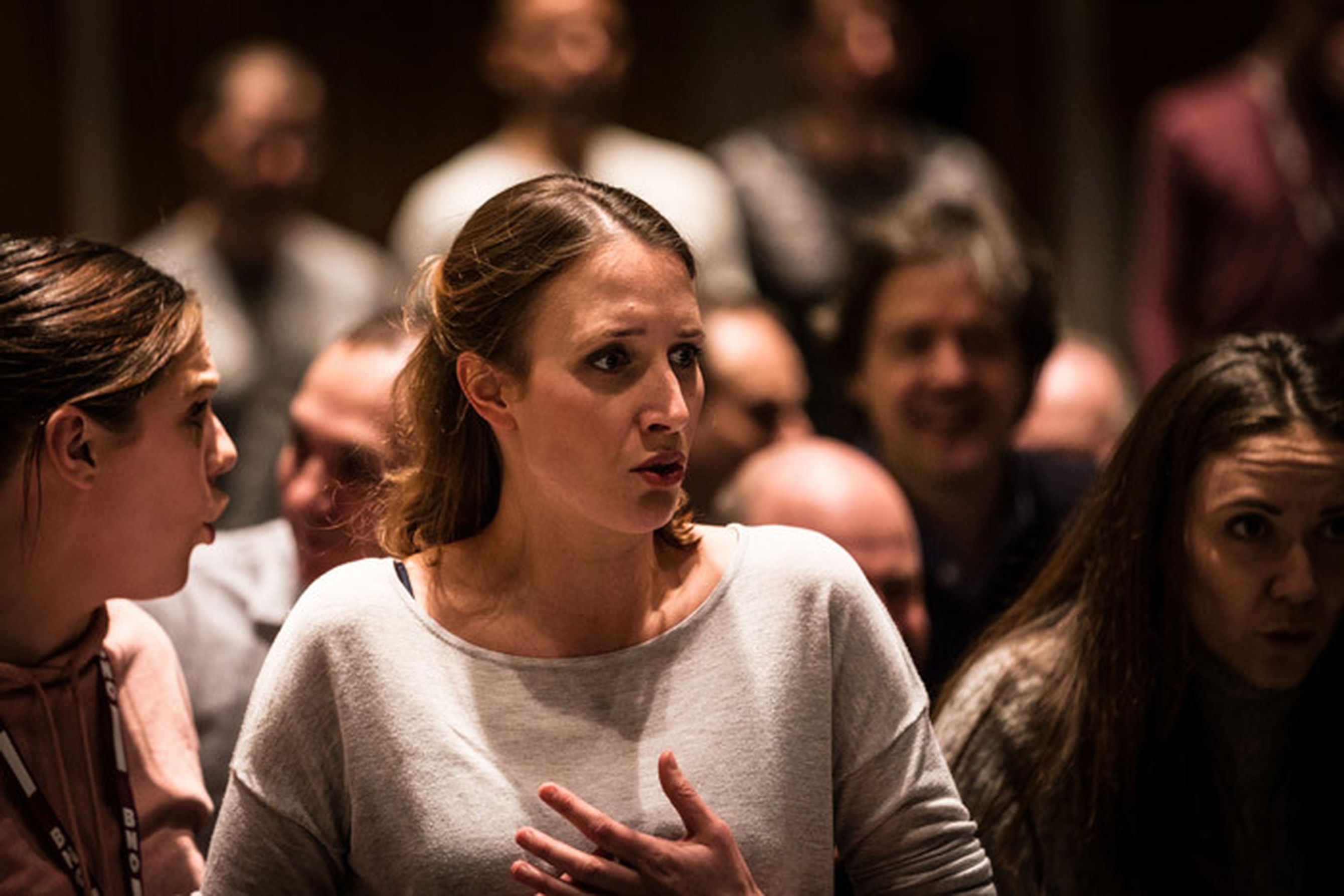
The last member of the team to join us also arrived this week, a few days ahead of the set being installed in Grieghallen: Jean Kalman, our legendary lighting designer. One of the foremost members of his profession in the world, I can’t wait to get started with him. That element of a director’s work of leaving space and not over-controlling also extends into a set designer’s job of leaving space for the lighting designer to work their magic - and this set is a lighting designer’s dream, potentially. I know Jean’s work will thrill and surprise the Bergen audience in equal measure.
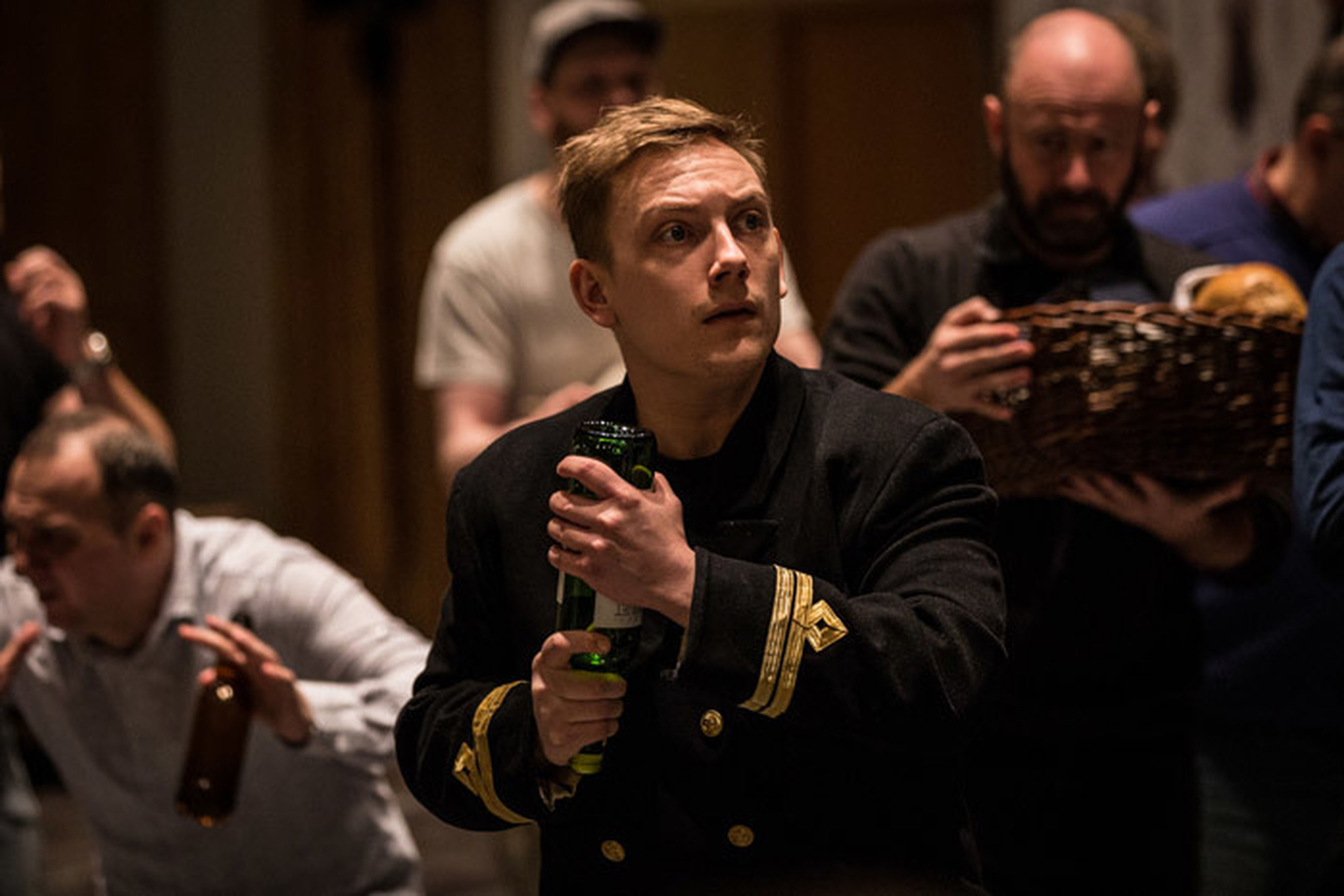
As I write I have just stopped by the installation of the set on the Grieghallen mainstage and watched for a while as the revolve is assembled. Today we have a first run through of the piece with full chorus so we shall see what kind of beast our show is. I’m hoping it’s a strong piece with a big heart - I’m not a cynical man and I never try for overly-ironic readings of an opera. This is an opera about how to live a life well, how to love well - if we tell that story, I shall be happy.


